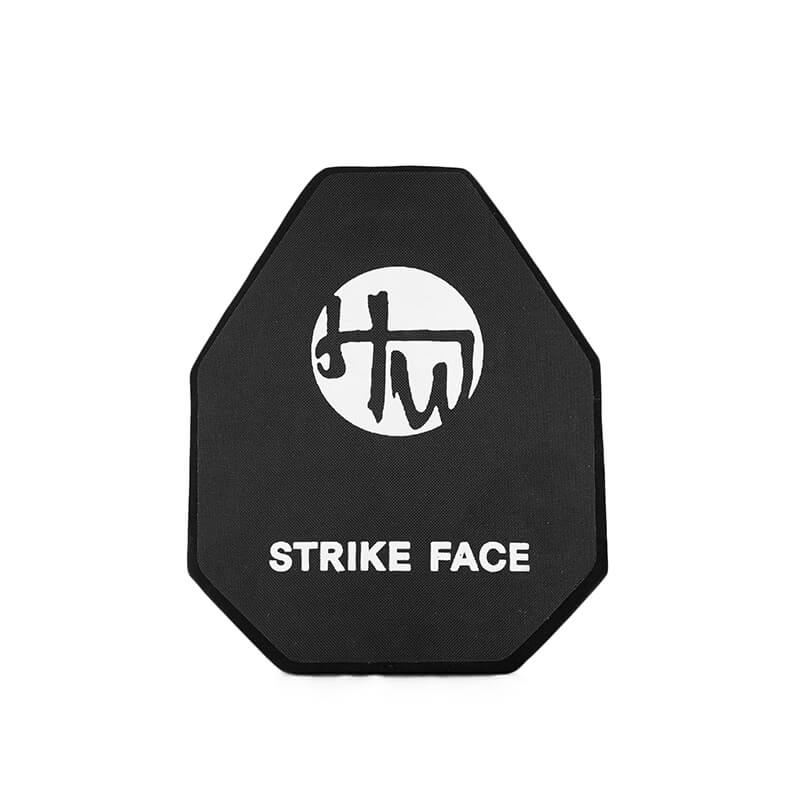Are you looking for the best rifle plate? 
Well, finding the right armor is never easy. Body armor comes in a wide range of styles with different materials, sizes, and protection levels. Body armor manufacturers build their products with different qualities for different applications, so it’s essential to make sure you choose the best rifle plate for whatever circumstance you plan on using them under. When choosing between trusted brands and unknown sources, knowing who to place your trust in can be confusing.
Tips for finding the best rifle plate Supplier
Know What You Need
Body Armor comes in many shapes and sizes to accommodate various protection levels for different applications. Do not choose a vest based on looks alone. It could end up being entirely inappropriate for the situation you’re wearing it under. It’s vital to research vests that work best with your type of lifestyle or occupation before purchasing. If you’re planning on carrying a rifle plate for duty or sport, then read up on rifle plate vest specifications in advance, so you know exactly what to look for in excellent body armor.
1. Body Armor Type
There are several types of body armor materials available. But not all body Armor is created equally. When choosing the best rifle plate, it’s essential to consider if your body armor will be used solely as protection from pistol rounds, only rifle fire, both handgun and rifle fire, or perhaps just improvised explosive devices (IED). The material composition will influence how much weight you can comfortably bear when wearing the body armor over an extended period. For example, steel plates are much heavier than ceramic plates but have been proven to take a round from a .44 magnum at the point-blank range. In the case of IEDs, an aramid fiber vest can help save lives without sacrificing mobility. Body armor material should also be chosen based on the weather conditions it will be used under.
2. Plate Material
Body armor manufacturers use four types of rifle plate materials. The materials are
- Ceramic
- Metal
- Polyethylene
- UHMWPE (Ultra-High Molecular Weight Polyethylene).
Each material has its advantages and disadvantages, which you’ll need to consider before making a purchase, depending on what you plan to do with your body armor. This is where knowing how much weight you can bear comfortably becomes especially relevant because metal plates are typically heavier than even the heaviest grades of ceramic plates.
Ceramic plates are made from a combination of clay and other minerals. They’re lighter than metal plates but don’t stop as high of a caliber round as steel or titanium does, though they can stop all handgun rounds from penetrating the plate. Polyethylene is similar to ceramic in that it’s extremely lightweight, making it great for those who want protection on the go over long periods. Body armor made from polyethylene is also the least expensive. Body armor made from UHMWPE will stop pistol rounds and usually rifle fire of .308 caliber or below, although it can be very heavy, requiring a strong build to wear comfortably.
3. Body Armor Size
Just because you wear one size in jeans doesn’t mean that the same size would fit perfectly into another brand’s jeans. Body Armor manufacturers create their products with different sizes for different body shapes and build, so make sure you get your measurements right when choosing new body armor. You should also make sure your body armor works with your other gear and clothing, especially if you plan on wearing a tactical vest while using it. For instance, some vests come with built-in pouches for magazines or documents, interfering with other equipment such as other rifle plates.
4. Know What You’re Up Against
While shopping for the best rifle plate armor, it’s always great to know what threats you’ll be facing. Choose body armor material based on whether you’re likely to face handguns or rifles most often. If you’re not sure, do some research online into your local area for statistics on violence per capita. Most body armor manufacturers will provide their customers with any statistics they have for the area in which their products are most heavily used.
5. Get the Right Warranty
Most body armor manufacturers will offer a warranty on their plates, whether for manufacturing defects or breaking from bullet impact. It’s essential to get a good warranty. If you ever need to return your rifle plates and get them replaced, you don’t want it to be an issue about getting replacement parts. The best warranties cover all replacement needs. The average lifetime of ballistic steel is between 15-20 years, while some other plate types, such as aramid fiber, can last much longer. But always check the manufacturer’s website for specific details.
Where Will You Wear Your Rifle Plate?
There are plate carriers, and tactical vests explicitly made for wearing over the body armor. Other options include wearing a vest on its own or even just throwing a rifle plate into a backpack, briefcase, or purse that contains no ballistic protection of its own. Do your research to determine which carrying method will work best with the different types of body armor you’re looking at before making a purchase.
Fit and Comfort Are Everything
Your rifle plates must be comfortable to wear, whether you’re only stashing them in your luggage for air travel or outfitting your tactical vest with them. They should fit well, not move around if carried on their own. It should also be tight enough to stay put over body armor without pinching or rubbing the skin underneath. Your rifle plates should also be easily accessible via pockets or pouches on your carrying device (such as a tactical vest). If you don’t like it, find another plate carrier that suits your needs better because comfort is crucial for body armor.
The Price Is Right
Price goes hand-in-hand with durability. Since metal plates are more durable than other types of armor, they tend to be more expensive. It’s especially important to make sure you get a good warranty for any rifle plate type. You can sometimes save money on your plates by purchasing them in bulk quantities. Many manufacturers offer discounts for larger purchases, and it’s always nice to have a spare set or two if needed.
Beware of Some Armor Plates of China
China is the world’s leader in producing counterfeit body armor such as rifle plates. China’s (and other countries’) manufacturers can sell knock-offs for up to 70% less than the original product. Their business models are meant to make money from customers who don’t know any better and aren’t familiar with the ins and outs of body armor. China isn’t regulated like North American and European manufacturers. So it’s harder (or impossible) for them to get caught selling fake products online. Always buy from a reputable seller, especially if you’re buying something used or out of season.
By following these tips for finding the best rifle plate, you can ensure that your purchase will provide protection when needed.
